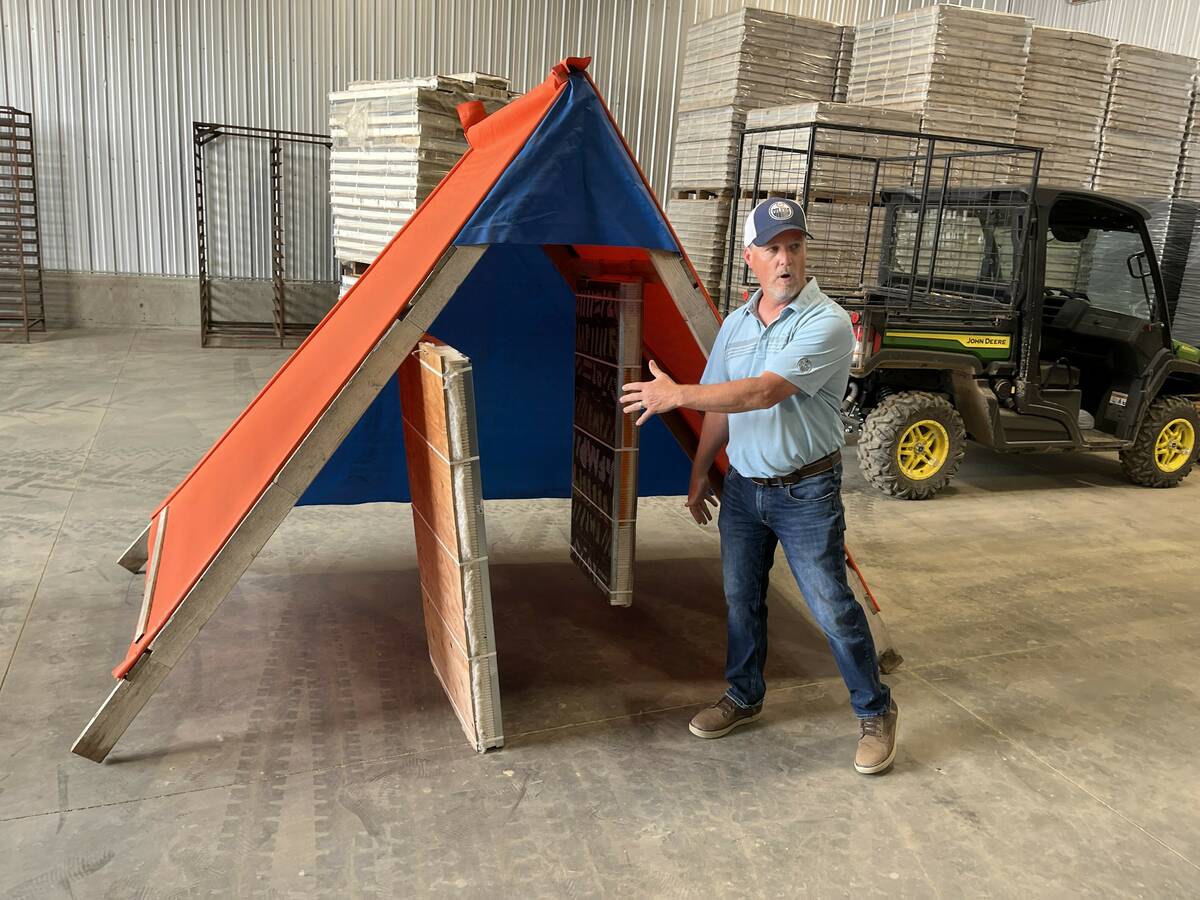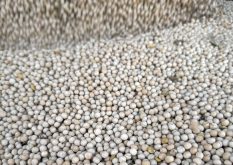It may be more of a social club now, but in the mid-1990s, it meant economic survival for some southern Alberta farmers.
The decade brought economic and policy shifts that affected the sector, taking numerous producers to the brink.
Low commodity prices, increased competition in the global market place and government cutbacks forced farmers to think about working smarter and not necessarily harder in an adapt-or-die scenario.
Read Also

Fertilizer method’s link to emissions studied
A researcher says others studying greenhouse gas emissions aren’t considering how the loss of nitrogen into the atmosphere correlates with fertilizer application or if there is an impact to yield.
“We weren’t doing particularly well as an industry, so we got together and thought it would be nice if we learned a little more about marketing,” Cory Nelson of Merlinds Farms said about what was originally named the Palliser Triangle Marketing Club and is now the Palliser Triangle Marketing Group.
It was formed in 1994 and had approximately 25 members.
“We decided as a group to pull some funds together and hire some different people to come in and provide some education.”
After a couple of years, membership dropped to 15 and is now 12.
It was important that all members shared information and best practices so that everyone could thrive in the region instead of just listening and hording information for oneself.
Decades later, the club has developed into a network with the aim of making its members stronger as a team rather than as individuals.
Information shared at the club included best practices, crop insurance, agronomy, collective bargaining, sourcing equipment, crop diversity, value-added agriculture, alternative energy sources and organic farming. The hope was that this knowledge would give members the courage to venture out and try new things .
“The original genesis of Quattro Farms came from that group,” Nelson said about the now five separate farms that make up Quattro Farms near Bow Island, comprising divisions that include essential oils, seed canola, irrigation cereals and peas, potatoes, row crops, hemp and dryland durum and lentils.
“They thought it would be great to have economy of scales, talking to both buyers of our products and also sellers of our inputs, and maybe they’d (make) better deals if they work as a larger group.”
Not every idea has been a home run for the club, but members say the diversity that the network encourages has helped them calm the uneven highs and lows that can make agriculture so nerve-wracking.
“One of the members once said, ‘if I can consider a third or a half of my crop stable with good contracts and the ability to have success, I’d rather move it from a third, then up to a half and three-quarters of my crop,’ ” said Nelson.
“It gives you the opportunity to have a much more stable income. Whether you have bad weather, or bad markets, bad yields, you won’t have it across all of them. The diversity has really helped the farms here in southern Alberta. Being members of this group has helped give us a leg up a little bit.”
Club members have travelled extensively to get the pulse of the agriculture sector, not only provincially and nationallly but also internationally. They have attended agriculture shows in Germany, California and Kentucky, to name a few, and have visited the Alberta legislature to get a glimpse into the role of politics in the industry.
The club, which comprises more seasoned farmers, has not added new members in about 10 years. Nelson said that if young farmers were interested, they’d likely form their own club with its own vision that reflects the needs of their own ag group. Some in the Palliser club are nearing retirement.
“Our group has changed to more of a social club, but it is still productive. The entrepreneurial spirit is still strong, where I have personally made a couple of partnerships with members within the group,” said Nelson.
The partnerships that have evolved over four decades have produced numerous businesses that still dot the southern Alberta landscape.
At first there were fears members would lose their competitive edge in a collective model, given the competition within agriculture for things such as contracts and land.
“We have individual farms, but what this has taught is that the collaborative nature of the group has really been helpful in the stability of the farms,” said Nelson.
“You have a group that is very community orientated that wants to see growth in their community. We have members who put time and effort into things like Knights of Columbus and Blues at the Bow.”















